Working-Class Californians Forced to Pay More For Fast Food In the Wake of the State’s Minimum Wage Hike
In California, the increase in minimum wage for chain restaurant workers has resulted in significant price hikes for consumers.
The Wall Street Journal highlights that a typical $16 meal at Chick-fil-A in Hollywood now costs $20, a substantial increase that reflects the broader impact of this legislation on food prices across the state.
Newsom’s Wage Increase For Fast Food Employees
Last year, Gavin Newsom signed legislation increasing the minimum wage for all fast-food employees from $16 to $20.
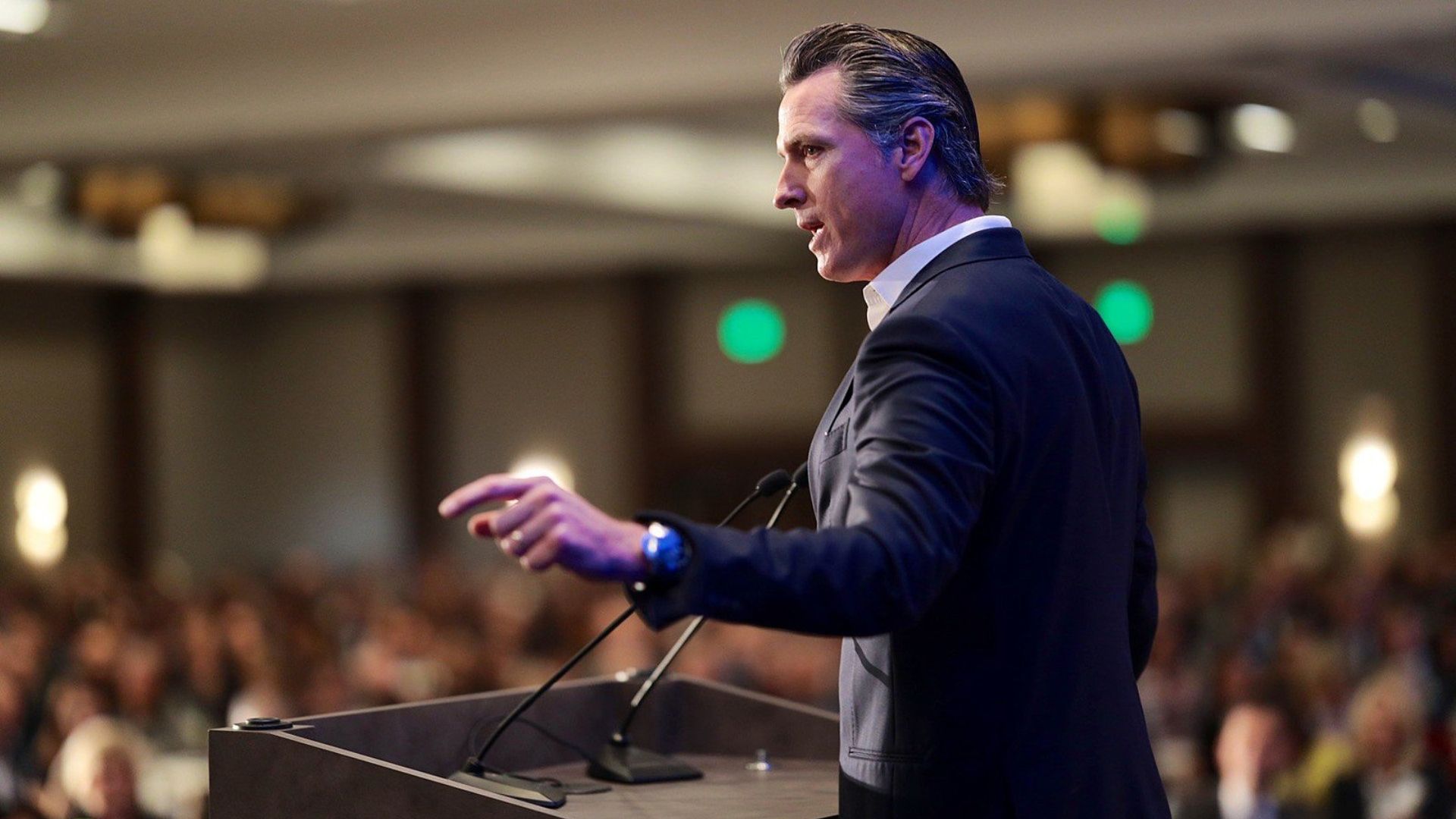
Source: Wikimedia Commons
The news sparked controversy at the time. Many were in favor of increasing the salaries of employees in one of the lowest-paying industries. Others were against the decision, arguing that it would inflate menu prices.
Fast Food Prices Surge
Newsom’s new law officially went live on April 1 in California, leading to a considerable pay rise for over 500,000 employees.

Source: Freepik
While it was aimed at ensuring fast-food workers can earn a living wage, it has led to an increase in the prices of food menu items, and its customers have been hit the hardest.
The Unintended Consequences of Wage Laws
The 25 percent increase in meal costs is a direct outcome of the new minimum wage law that targets chain restaurants in California.
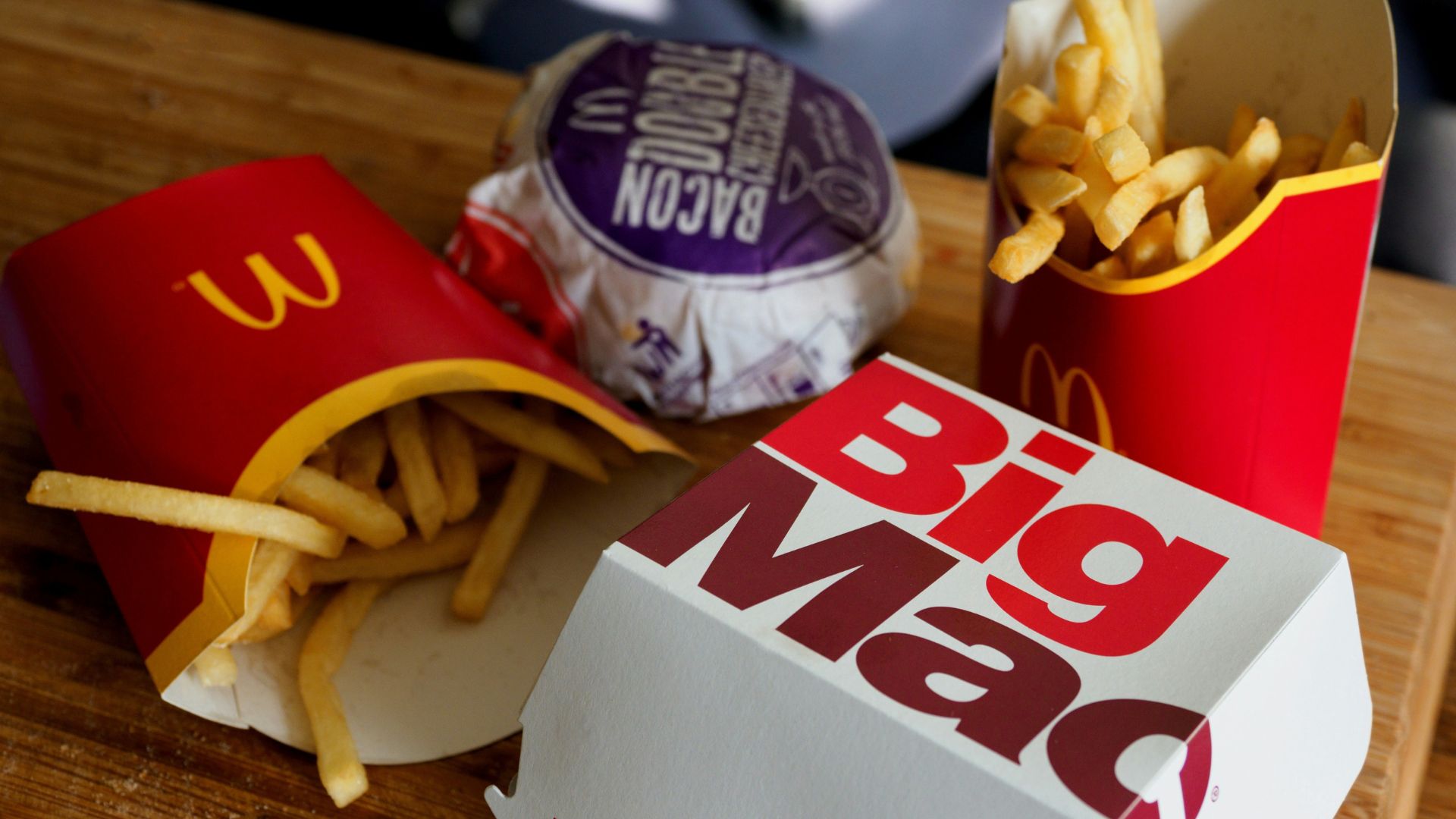
Source: Brett Jordan/Unsplash
This significant rise in prices is making even a simple fast-food meal a costly affair for regular customers, intensifying the financial strain on many households that already face high living costs in the state.
Governor Newsom’s Plan
The rising costs associated with fast-food in California are not due to federal policies but are linked directly to state legislation.

Source: Wikimedia Commons
Local government actions, specifically those led by Governor Gavin Newsom and state lawmakers, are responsible for these changes.
Preemptive Measures by Businesses
Before the wage mandate was officially implemented, businesses anticipated the financial impact.

Source: Wikimedia Commons
9,500 jobs were lost in the fast food sector before January, a preemptive response to the expected rise in operational costs caused by the wage increase.
Exemptions Creating Uneven Economic Pressure
The wage law does not apply uniformly across all eateries. It exempts restaurants with fewer than 60 locations nationally, potentially hampering the expansion of smaller chains by creating a disincentive to grow beyond this threshold due to the associated wage costs.
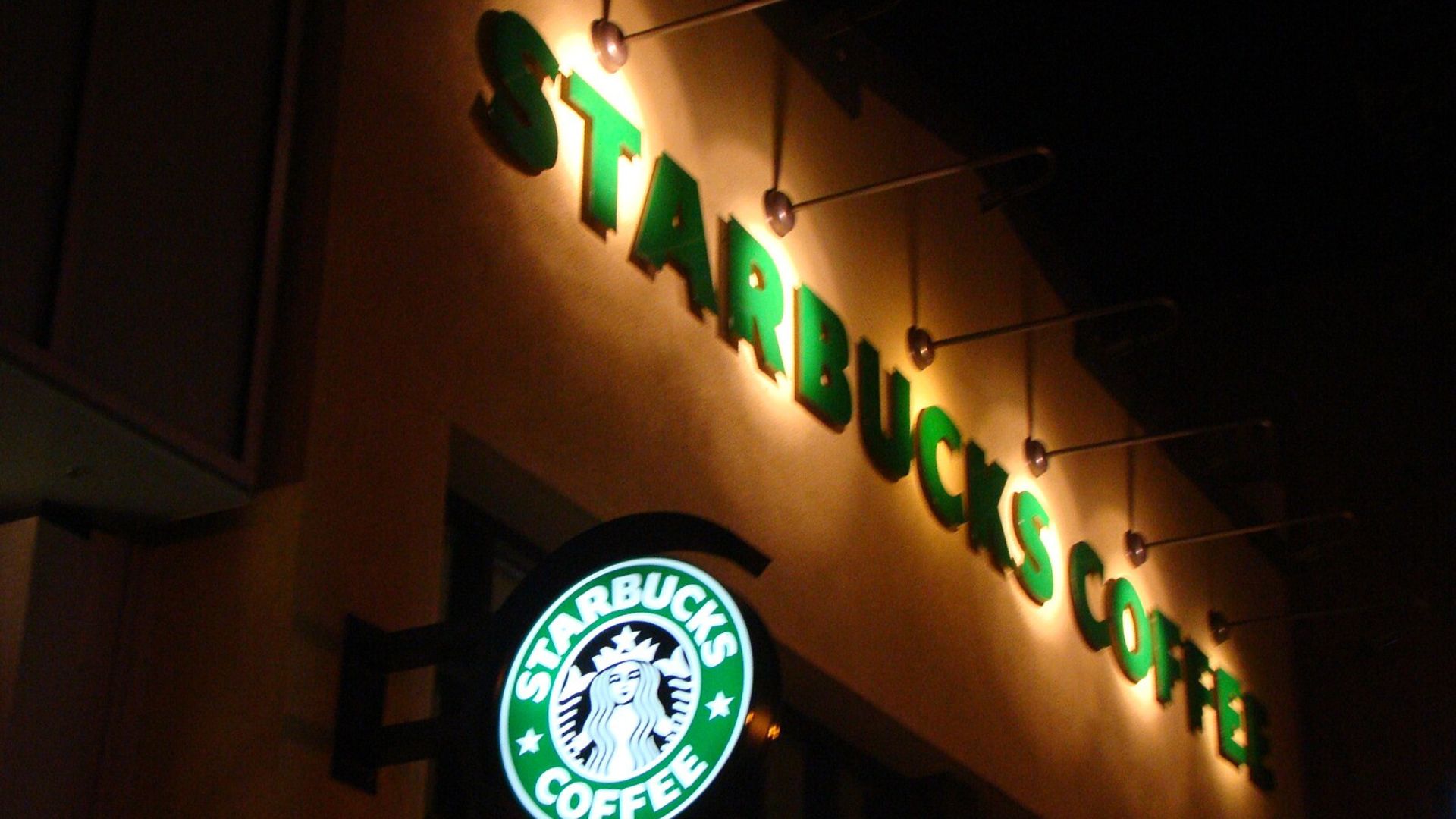
Source: Wikimedia Commons
This selective application raises questions about the equitable treatment of businesses under state law.
Newsom's Business Practices Under Scrutiny
Despite the stringent wage requirements imposed on others, Governor Newsom’s own business ventures seem to operate under different standards.
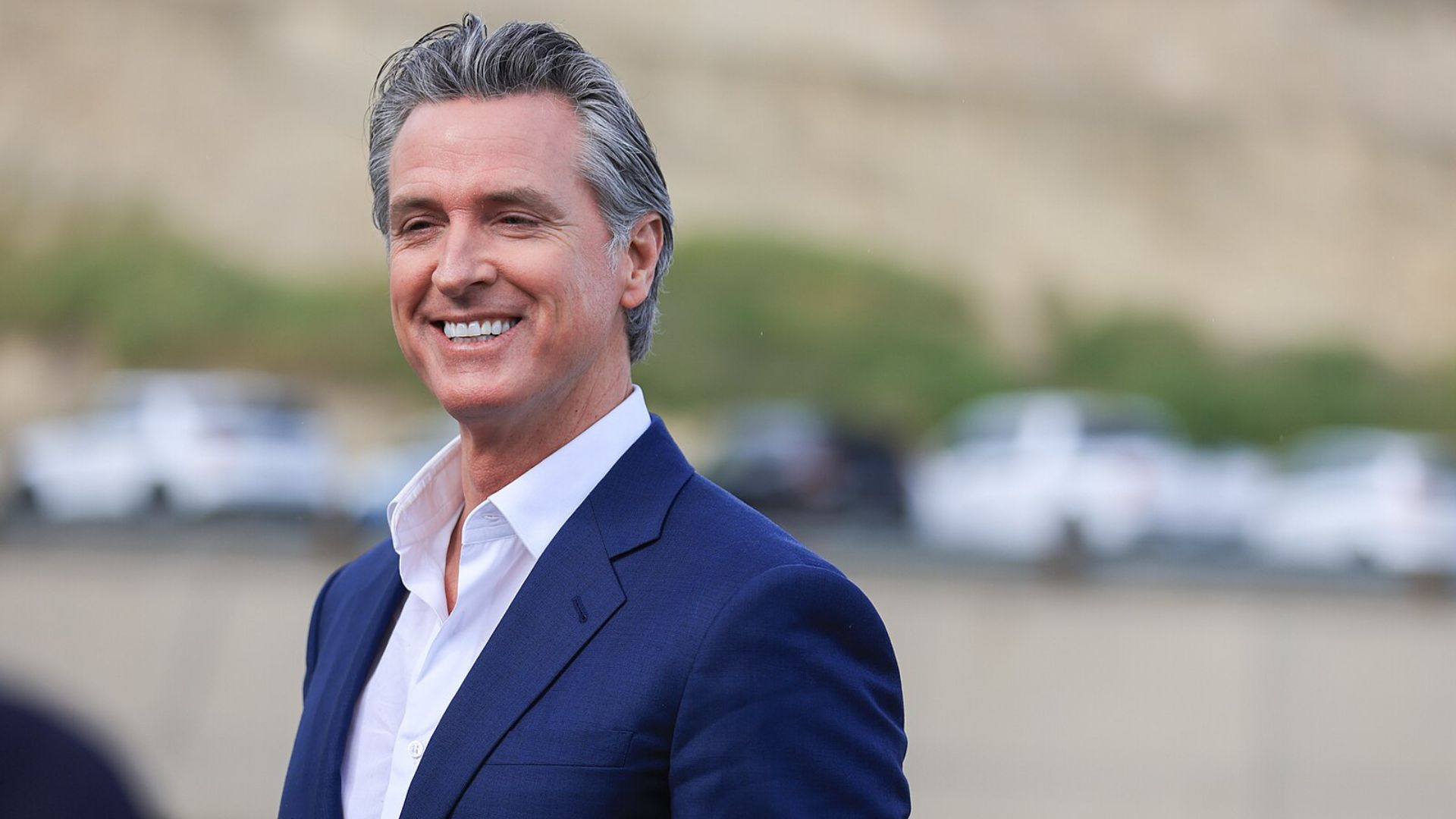
Source: Wikimedia Commons
A branch of the restaurant he co-founded advertised a busboy position at $16 per hour, below the $20 mandated wage.
Newsom's Management of Business Interests
Governor Newsom has stated that he placed his business interests “into a blind trust after he was elected Governor in 2018 and doesn’t run its restaurants on a daily basis.”

Source: Wikimedia Commons
This claim is intended to separate his legislative actions from his personal financial interests.
Wage Increases Affecting Business Profitability
The new wage laws are making fast-food restaurants more lucrative workplaces due to higher wages, but they are simultaneously reducing profitability for owners.
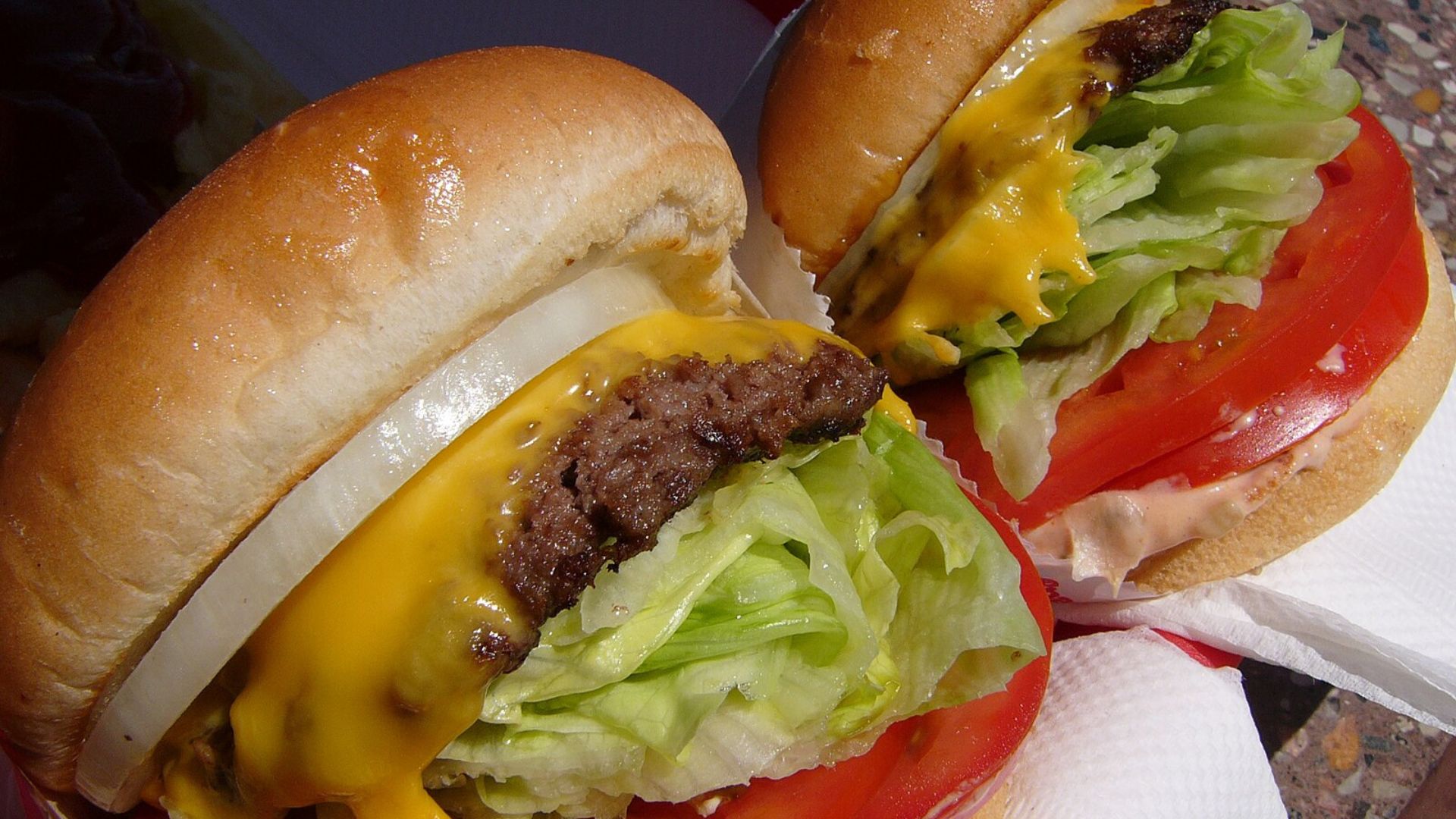
Source: Wikimedia Commons
This creates a distorted economic landscape where businesses in other industries, like grocery stores that sell prepared food, face less financial strain from wage policies.
Workforce Shifts and Economic Adjustments
The wage increase is expected to shift the workforce dynamics within the food service industry, making fast-food jobs more desirable due to better pay.

Source: Wikimedia Commons
This could lead to staffing challenges in sectors that do not benefit from similar wage protections, altering the economic balance across various service industries.
The Rising Cost of Fast Food Dining
The increasing cost of dining at fast-food restaurants is turning what was once an affordable option for many families into a luxury.
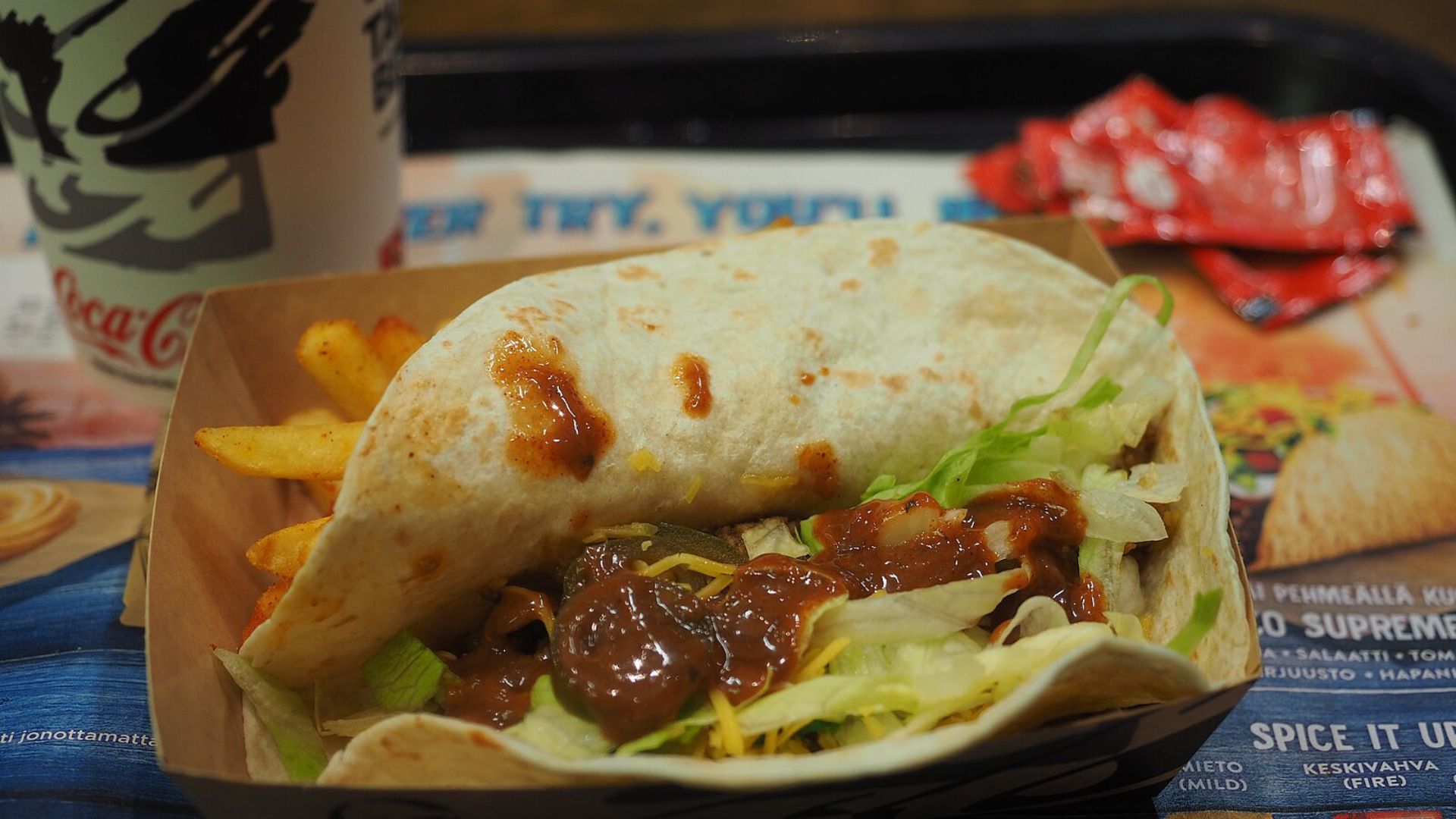
Source: Wikimedia Commons
The financial burden of these meals places additional stress on households struggling to manage their budgets in one of the country’s most expensive states.
Research Groups Say Fast Food Menu Items Have Increased
According to a study released by Kalinowski Equity Research, menu items at many of California’s most beloved fast-food restaurants have significantly increased.
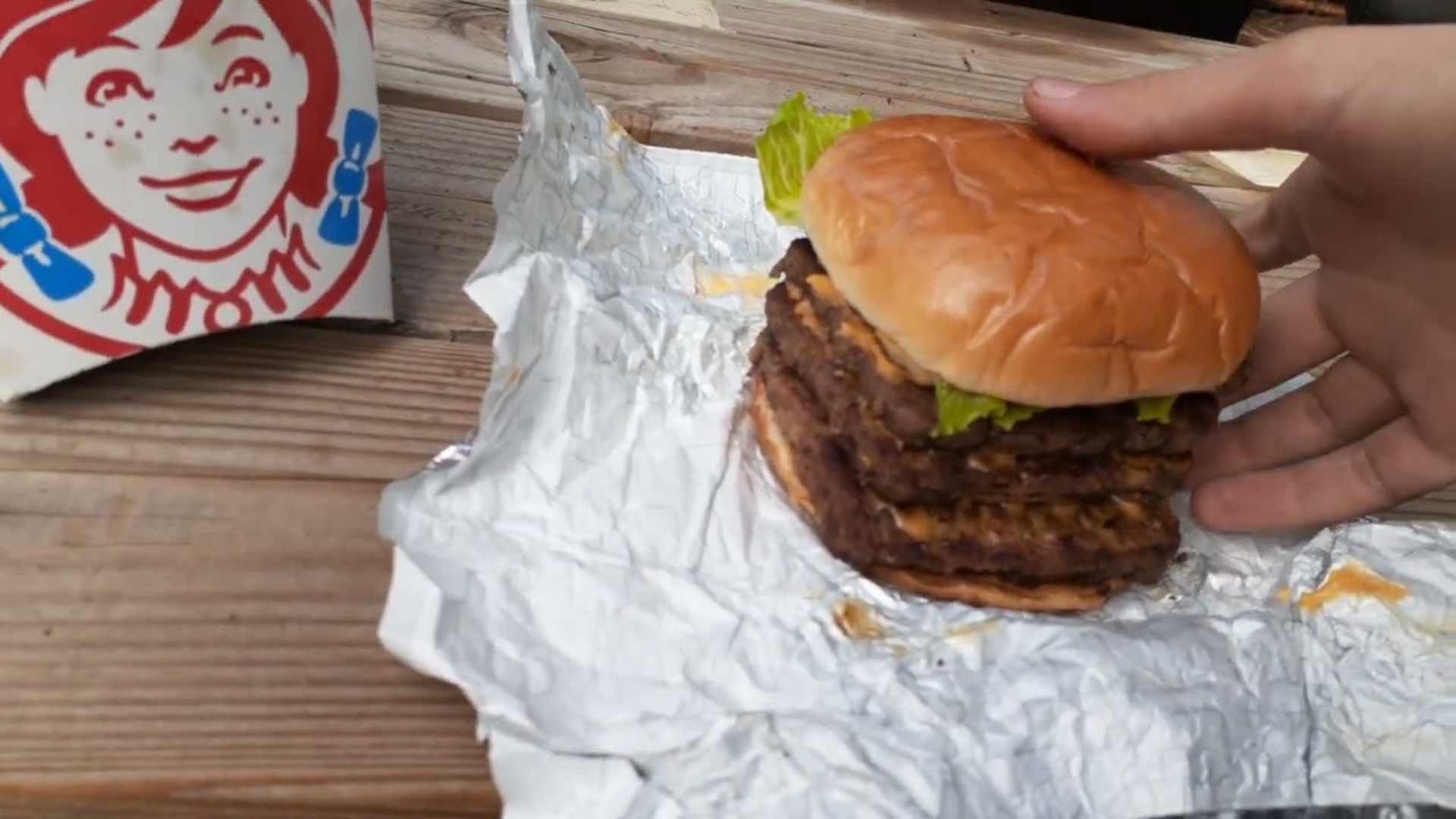
The Food Guy/Youtube
Wendy’s saw the greatest increase, with an 8% hike. Whereas Chiptole’s prices had surged by around 7.5%.
Customers Unhappy With Price Hikes
“I used to pay $10. Now it’s $13. Over time, that’ll be like $6 more or $9 – it just keeps going,” Owen Peralta, a Chipotle customer in Brea, said.
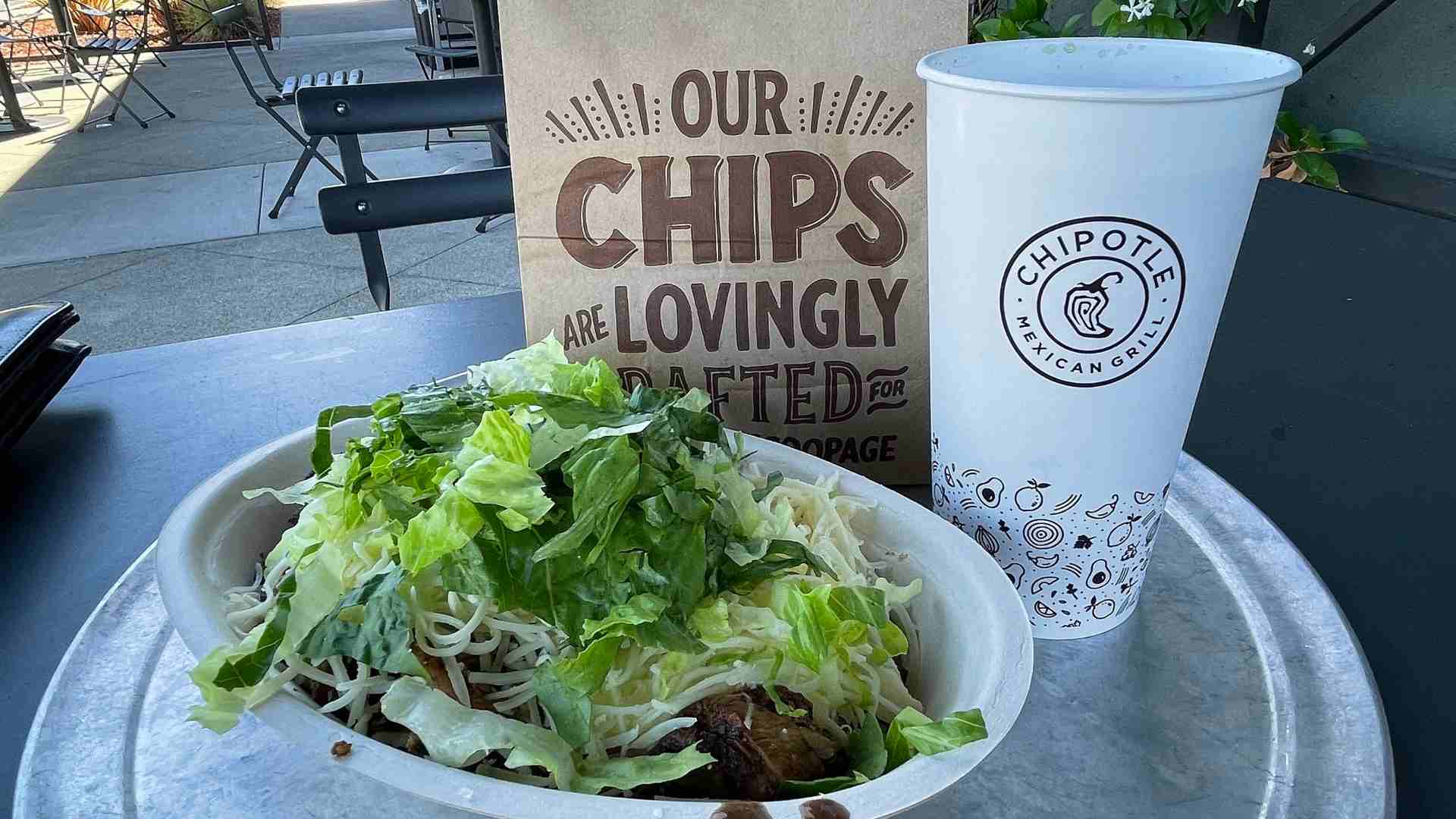
Missvain/Wikimedia
“If I’m going to start paying restaurant prices, then I’m going to have to go somewhere else.”
California Restaurant Association Release Statement
In response to the increase in menu item prices, the California Restaurant Association released a statement.

Source: Freepik
“Since it took effect, job losses, reduced working hours, restaurant closures, and higher prices for California’s inflation-weary consumers have been ongoing,” the group said.
Migration Trends Among Californians
The escalating costs of living and dining in California may be influencing a trend where residents choose to relocate to more affordable regions.

Source: Wikimedia Commons
This migration could have long-term implications on the state’s demographic and economic landscape, possibly reducing its population and labor force.
Reflecting on the Economic Landscape
As prices continue to rise, many Californians are feeling the economic squeeze, challenging the state’s reputation as a place of opportunity and prosperity.
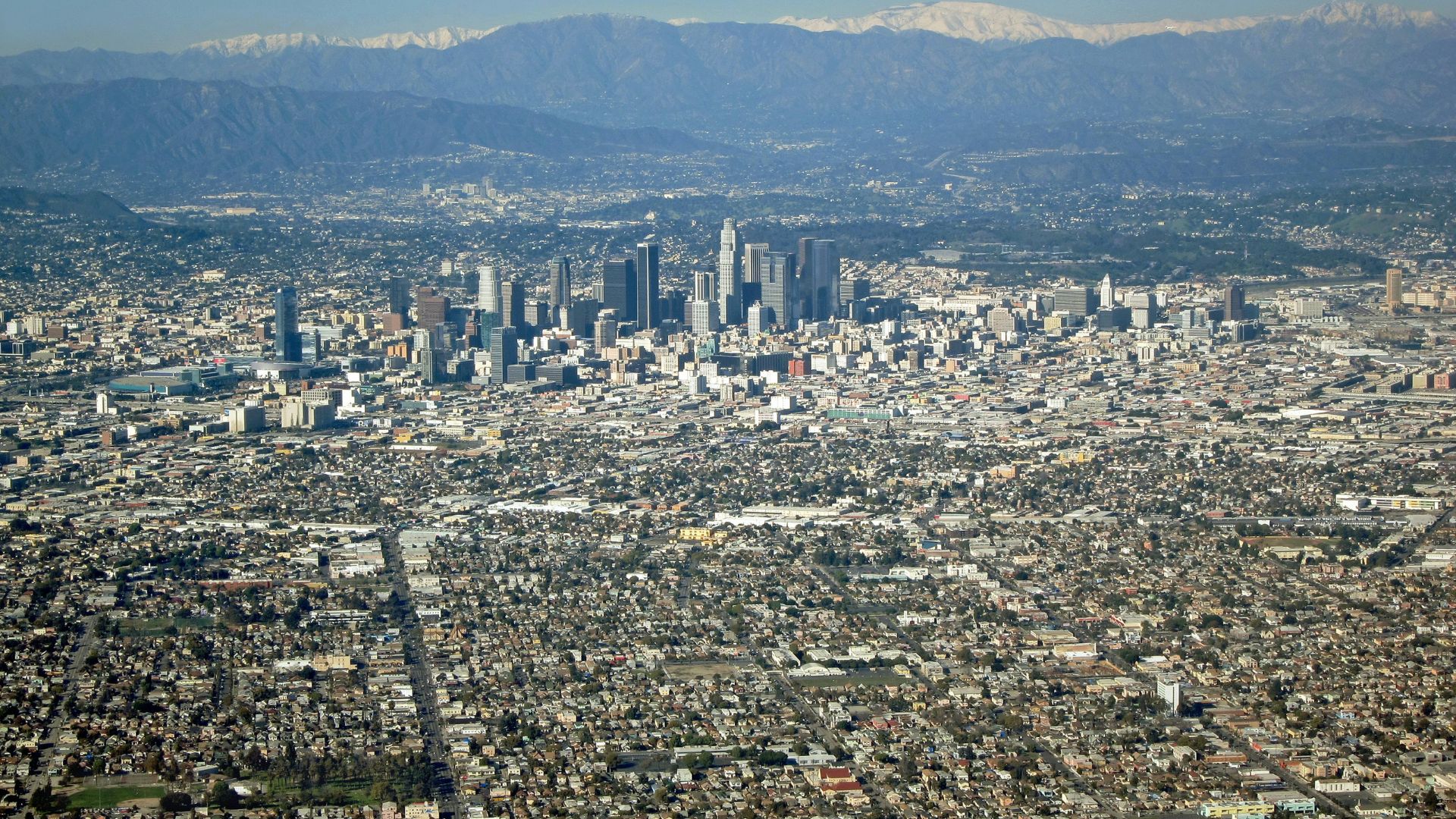
Source: Chris Linnett/Unsplash
The impact of wage laws on everyday expenses is becoming an increasingly significant issue, affecting the quality of life and economic stability of its residents.
Restaurant Owners Further Forced to Increase Menu Prices
Californian restaurant owners argue the minimum wage increase is just the beginning of their problem.

Source: K8/Unsplash
Now, Newsom has signed a new law that would ban “junk fees” in California beginning in July. Ultimately, this prohibits any restaurant from implementing surcharges.
Surcharges Help Restaurants Provide Employee Benefits
Many restaurant owners claim they rely on surcharges to help provide their employees with benefits, including health care.

Source: Freepik
However, as the new law prohibits this, they will be forced to increase their menu prices further.
Restaurant Owner Shares Opinion
Speaking with CBS News Bay Area, Golden Gate Restaurant Association Director Laurie Thomas explained it will force restaurants to choose between lower wages for employees and higher prices for customers.
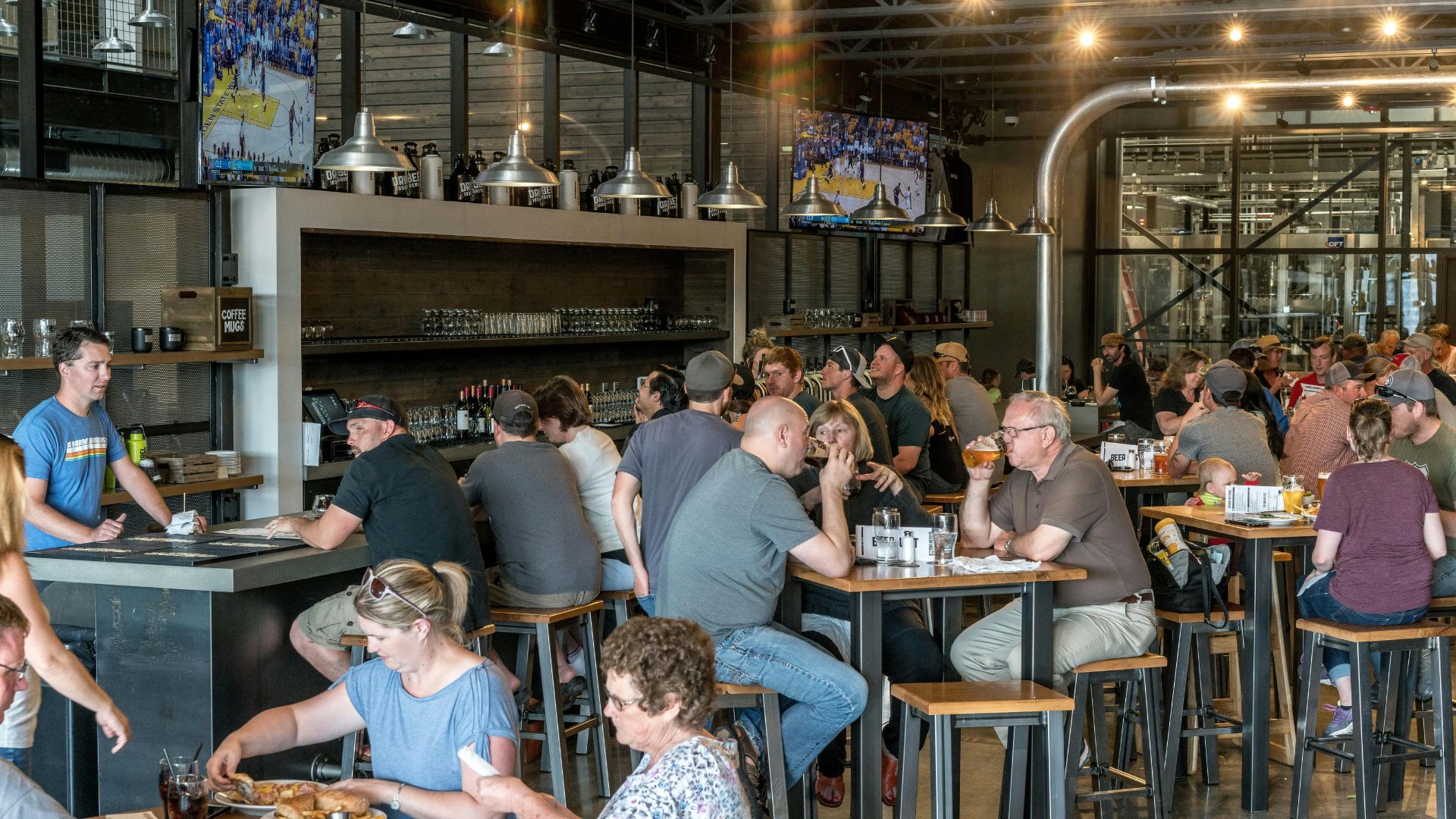
Source: Elevate/Unsplash
“So, now, do you take their rate down and do you go to an old-fashioned tip model and say to your servers, ‘You have to tip the whole house, but that drops everybody’s salaries’ or do you raise your prices 20%, 25%?” Thomas said.
Make the Customer Happy
According to Thomas, some customers may be understanding when confronted with higher prices.

Source: Oberweis/Facebook
“It might make a lot of customers happier. They might say, ‘We understand why prices went up.’ Let’s hope that happens. But I don’t know if our industry can hope that’s what happens. They’re still struggling. It’s been a tough year.”
Higher Prices For Consumers
Speaking with CBS News Bay Area, Food Writer Marcia Gagliardi said the new law will ultimately result in higher prices for consumers.

Source: Blake Wisz/Unsplash
“I see restaurants easily raising prices 5%, 15%. It’s going to be tricky,” she told the outlet. “We’re going to be seeing even higher prices based on this unfortunate interpretation. But not all is lost. … Things could change,” she said.
$21 Subway
While fast food and restaurant prices in California are prominent in the media, prices are reaching unfathomable heights across the US.
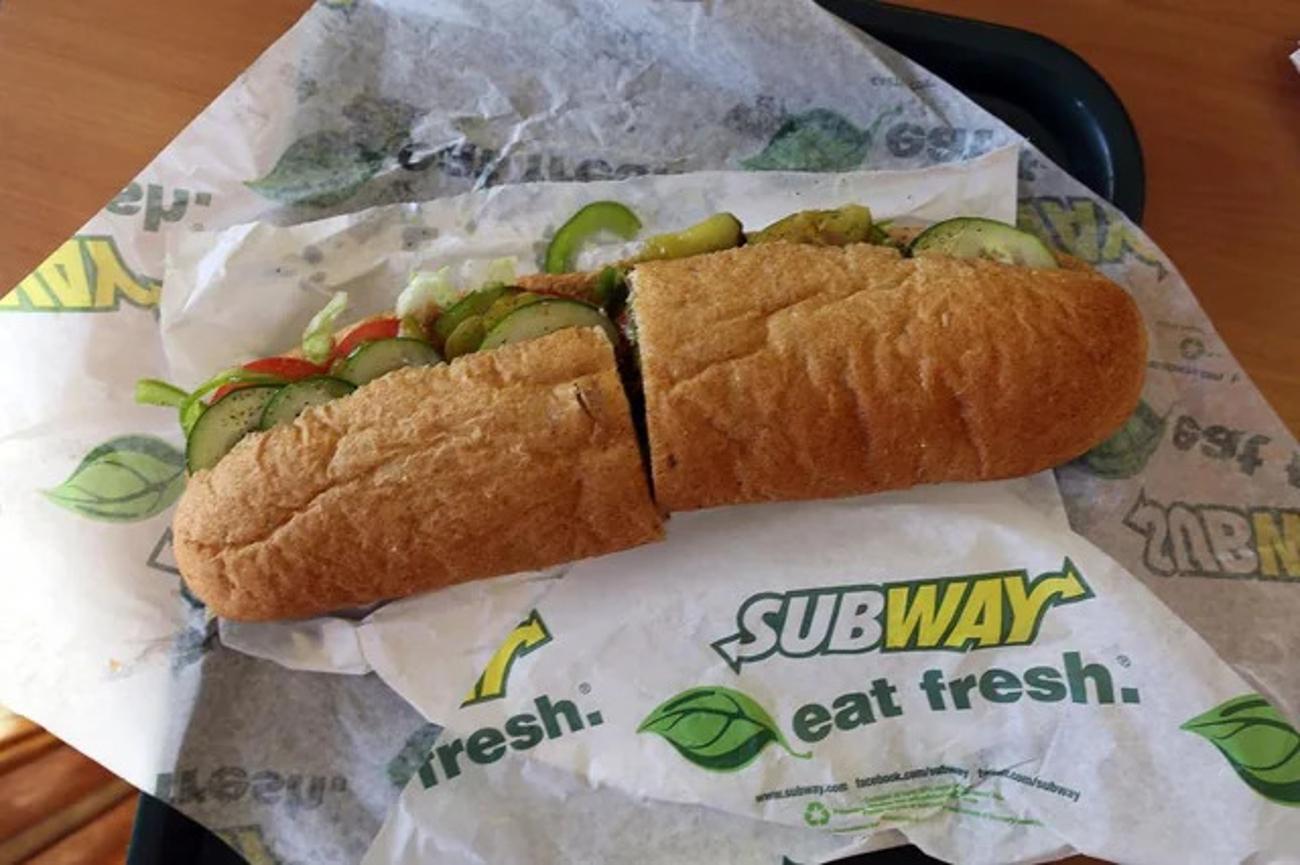
Source: Reddit
According to a Reddit post published over six months ago, the user “bought a Subway Sandwich for 21 bucks,” a price that shocked many online.
All Prices Continue to Rise in the US
While comments suggested it was most likely one of the specialty sandwiches, others claimed no meal that feeds just one person should cost $20.
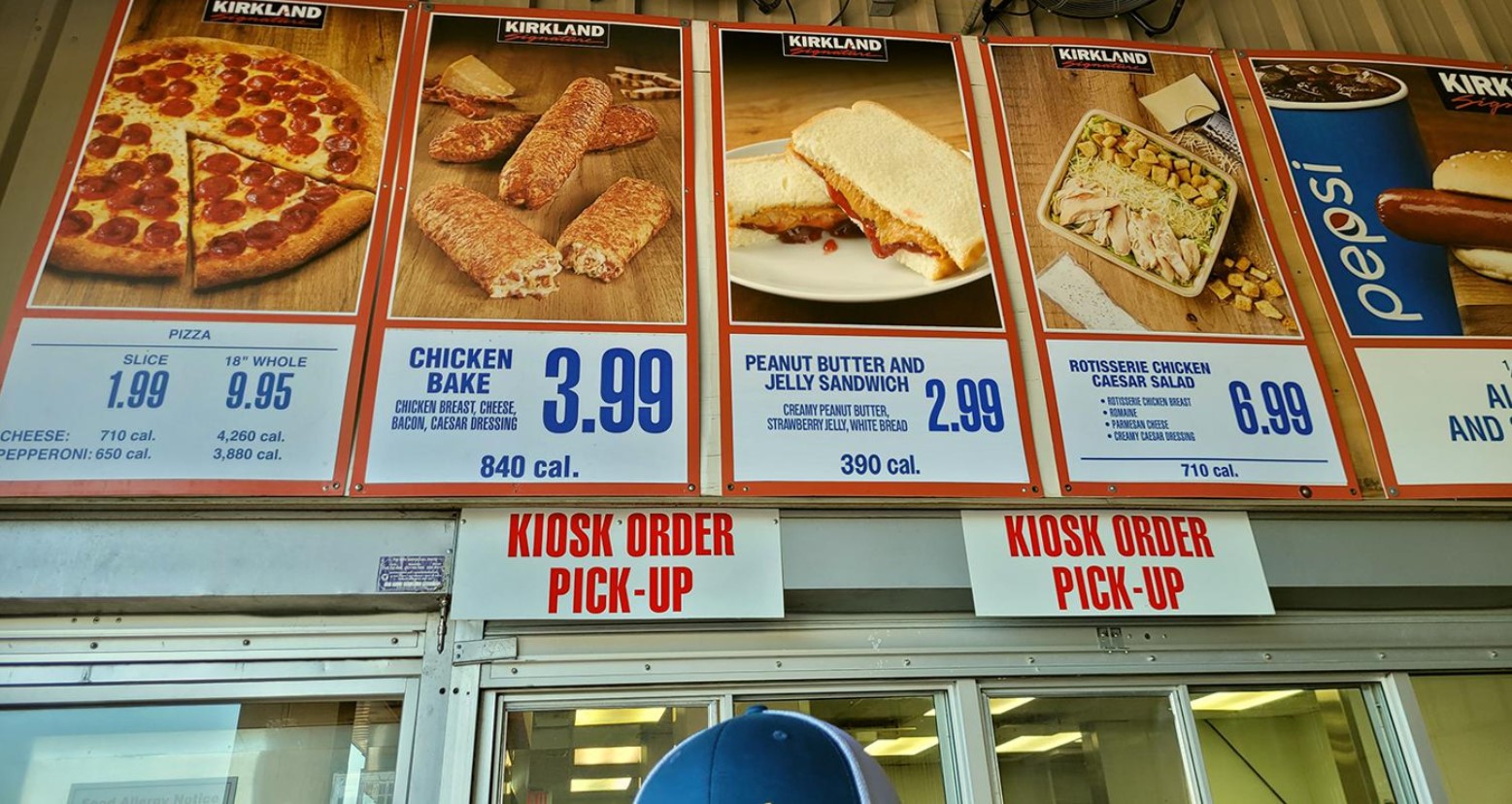
Source: Reddit
Nonetheless, the price showcases that fast food across the US is becoming worryingly expensive.
